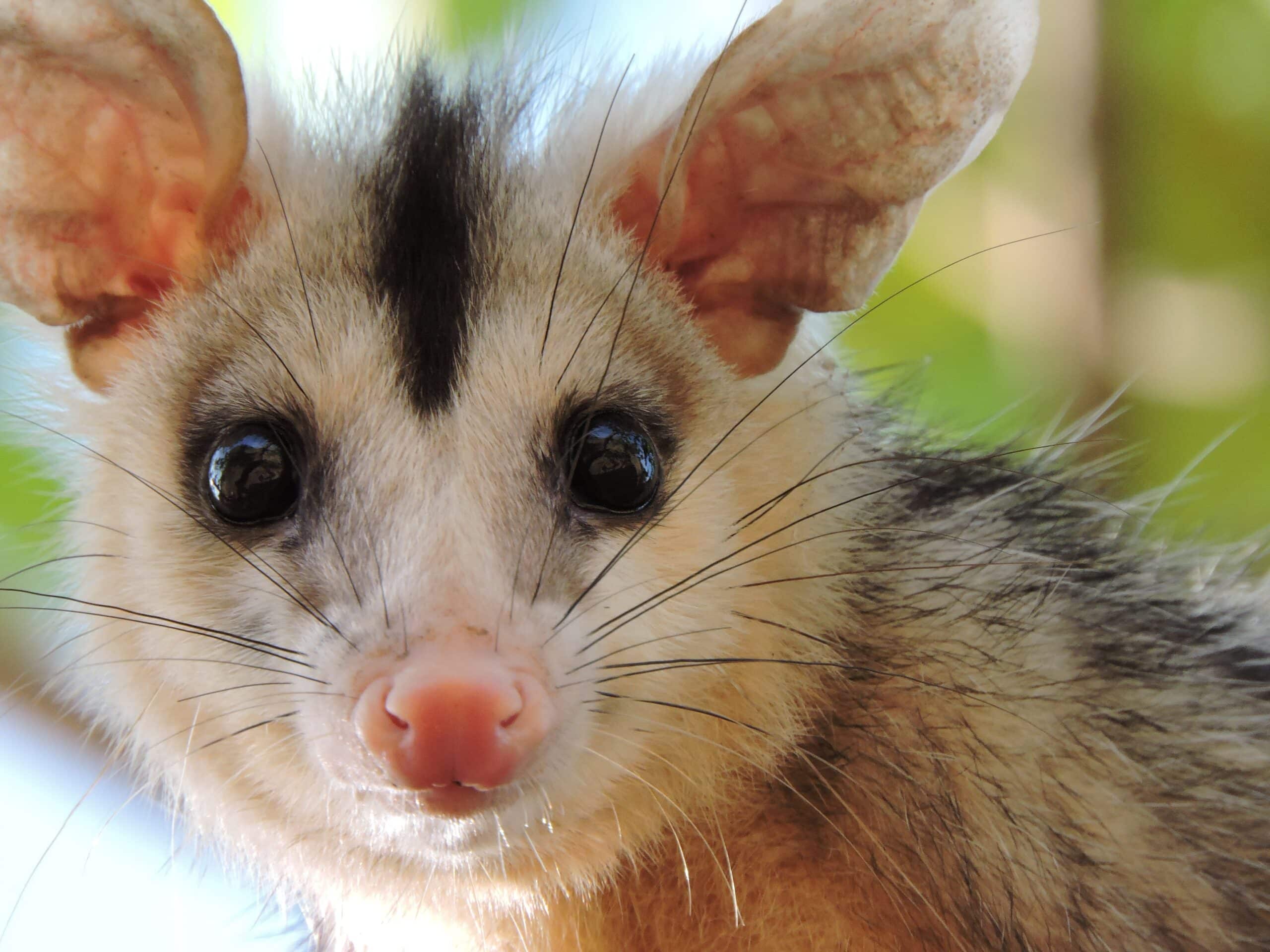
Welcome to the exciting world of iguanas! These unique lizards inhabit many regions around the globe and have some fascinating characteristics that make them truly one-of-a-kind.
This blog will explore the diverse world of iguanas, from their habits and behaviors to their diets and care requirements. Whether you’re considering bringing an iguana into your family or just curious about these creatures, you’ll gain a deeper understanding of these fascinating lizards by the end!
Introduction to Iguanas
Iguanas are fascinating creatures that come in a variety of sizes, colors, shapes, and patterns. These unique lizards live in warm regions around the world—ranging from rainforests in Central and South America to deserts in Hawaii and the West Indies. Iguanas can be found on land and in water, though they naturally take to life on land if given the opportunity.
To understand iguanas better—and to better appreciate them as pets or members of our natural environment—we need to learn about their anatomy, diet, and social behavior. For example, iguanas have several adaptations that enable them to regulate their temperature and survive in both hot and cold climates, including storing fat in their tail. They have a large dewlap used for communication and keeping body heat when the environment is chilly. It might be surprising that these lizards are also skilled swimmers because genetic tests prove how closely related they are to aquatic species such as sea turtles! The iguana’s diet consists of greens such as spinach, kale, and dandelions, along with flowers, fruits, insects, and other animals they find while scavenging around their habitat. Finally, understanding their social behavior helps when handling these reptiles, which can become aggressive if not appropriately taken due to fear or stress.
By learning more about these creatures, we can respect them more as pets and wild animals that inhabit parts of our world!
Physical Characteristics of Iguanas
Iguanas are part of the lizard family, but they have a few physical characteristics that make them unique.
Most iguanas have a row of spines running down their backs, forming a crest at the base of their tail. The ridges are more pronounced in males than females and help communicate dominance between males during mating season. Some species have elaborate head crests as well.
Adult iguanas typically range from three to seven feet in length and can weigh up to twenty pounds. The size will vary based on species and gender, with males usually larger than females. It’s essential to remember that iguanas tend to increase, and your pet may reach its full size before you may expect it!
Iguanas come in many color varieties, from the typical green iguana with its characteristic golden striping along its back to the spectacular bright-blue marine iguana found only on a few select islands off the coast of Ecuador. Iguanas also come in shades of yellow, orange, red, pink, and even purple!
Iguanas in the Wild
Iguanas are widely distributed throughout tropical America, ranging from Sea level to almost 10,000 feet above sea level in the Andes – occurring in virtually any environment. While some species inhabit arid or semi-arid regions, most live in rainforests or wet mountain areas.
Wild green iguanas are typically found hanging from branches near rivers and lakes, basking on nearby rocks, sleeping in tree cavities, or eating vegetation along the banks. Some even take refuge under large logs during the heat of the day.
During the cooler months, iguanas will spend much of their time in dens made by their burrowing activity, often sharing them with various animals, including Cat-eyed snakes and Bats. As a result, some species have adapted to nocturnal behavior exploiting insects as a significant food source while avoiding higher temperatures of day hours.
Most iguana species prefer warmer climates and usually fare poorly when subjected to frequent cold spells. In areas where hard reaches extreme levels, many populations have learned to hibernate underground over winter months – supplementing their diet with floral material harvested during springtime before the onset of warm temperatures signals full awaking from this sleep mode. Depending on local environmental conditions, such periods can last anywhere from a few weeks up to 8 months!
Iguanas as Pets
Iguanas can make exciting and rewarding pets if their needs are adequately met. Before bringing an iguana into your home, it is essential to do some research so you can provide them with the best care possible.
Adult iguanas should have a minimum enclosure size of 6ft x 6ft x 4ft, although larger enclosures are always recommended. Iguanas need a basking spot heated to 84 – 88F, so investing in a ceramic or heat lamp is advised. They also require UVB lighting to ensure proper bone growth and metabolism – be sure to find bulbs marked 12% or higher in UV content. It is essential to choose a suitable substrate for your enclosure, too. Paper towels or puppy pads can be used for younger iguanas, but adult lizards need something more complex, like bark chips or reptile carpeting. Lastly, there should always be a significant source of fresh water accessible for the iguana throughout the day for drinking and soaking!
It’s essential to realize that iguanas require patience and special care – there will always be new challenges and adjustments when it comes to being a responsible pet owner! Despite all of this extra effort on our part, it can be well worth it when we get the opportunity to form close bonds with these friendly creatures – making owning an Iguana a genuinely enriching experience!
Feeding and Care Requirements for Iguanas
Iguanas are omnivorous lizards that feed mainly on vegetation, such as leafy greens, mushrooms, and other vegetables. They also eat bugs and small animals for added nutrients. While iguanas in the wild can forage for their food, those kept as pets require human assistance to ensure they get the nutrition they need.
When feeding your iguana, it’s essential to provide a variety of foods to ensure its diet is balanced. Many owners recommend feeding greens like kale and spinach at least three times a week and other vegetables safe for iguanas. Giving them occasional treats such as mealworms and crickets is also beneficial as these insects contain extra protein not found in veggies. Be sure to wash all fruits and veggies before serving them to your pet.
Iguanas should have access to fresh water in a shallow dish or reptile pool so they can take a dip whenever they like. Vitamin and mineral supplements should be given regularly either by dusting their food or directly onto the lizard’s skin, where they will lick it off later when it’s time for cleaning. Lastly, regular shedding of skin is typical for these reptiles, so it should never be removed forcefully; use lukewarm baths to help them better clean themselves and appropriately regulate temperature during shedding seasons.
Common Health Issues for Iguanas
Like all other creatures, Iguanas can suffer from many health issues. They can be very prone to parasitic infections and respiratory problems, mainly if housed in improper enclosures. In addition, malnutrition and obesity can cause serious problems. Knowing the most common health issues will help you ensure your iguana stays happy and healthy throughout its lifespan.
- Parasitic Infections: In captivity, iguanas are prone to roundworms (Ascaris), pinworms (Oxyurids), and threadworms (Strongyloides). These parasites affect your pet’s digestive system and urinary tract, causing decreased appetite and excessive urination. An infection can be treated with prescription deworming medications from a veterinarian.
- Respiratory Issues: Rapid or labored breathing are signs that your iguana may have a respiratory issue, usually from an upper or lower respiratory tract infection which often involves bacteria or fungus that has entered through the eyes or nostrils due to inadequate environmental conditions or an injury. Treatment may include antibiotics or antifungal medications prescribed by a veterinarian.
- Malnutrition or Obesity: Since iguanas must eat a diet high in calcium and vitamin D3 for optimal health, feeding them improperly can trigger malnutrition or obesity, decreasing their physical activity and life expectancy. Feeding your iguana fruits two to three times per week, and providing them with plenty of fresh leafy greens, is essential for proper nutrition. Additionally, regularly monitoring your pet’s weight will help ensure optimal health; if your pet begins to put on too much weight, it is best to reduce the calorie intake while increasing their activity level with toys explicitly made for reptiles, such as bridges, ladders and hiding spots they can’t resist exploring!
Interesting Facts about Iguanas
When people think of iguanas, they may only think of a green lizard that can be shy around people. However, there is much more to the fascinating world of iguanas! Here are some interesting facts about these unique lizards:
- Iguanas have many variations: Iguanas come in different species and sizes; the smallest is around 8 inches, and the largest is over 6 feet long!
- Iguanas are herbivores: Iguanas typically eat fruits, vegetables, flowers, and foliage. But don’t worry – they will never bite you, even if you try to interact with them!
- Iguana eyes have a unique feature: Iguanas have evolved with what scientists now call “binocular vision”; their eyes can move independently, allowing a much wider area than most animals.
- They can swim and run: Despite not having webbed feet like ducks or bats, iguanas can still swim in water! They are also surprisingly fast, capable of running up to 29 mph!
- Some iguanas change color based on emotions: Certain species of iguana—like the green anole—can change their color. To make themselves look more intimidating or aggressive, they darken their color while fading it when scared or docile.
Learning about these fantastic lizards lets us truly appreciate the beauty and diversity found within nature. From studying discovery to understanding their behavior, observing and learning about iguanas is an experience like no other!
Conclusion
This article has examined the remarkable world of iguanas. These unique lizards have evolved over millions of years to adapt to their environments and are both beautiful and functional creatures that can never cease to amaze us.
Iguanas are highly rewarding pets, but they require special care to thrive. As we’ve explored, providing suitable habitats, diets, and health care is essential for a healthy iguana. If you’re planning on keeping an iguana as a pet, it’s necessary to do plenty of research to provide the best possible environment for your reptilian friend.
Iguanas are complex creatures that often surprise us with their capabilities, intelligence, and social behavior. They blur the line between animal and human in many ways – they bond with people they know well and recognize when they’re being cared for – these qualities alone make them fascinating animals deserving of love and care!





